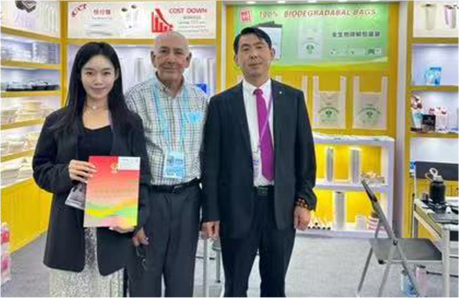Self-Sealing Plastic Solutions for Convenient Storage and Quick Accessibility
The Advantages and Applications of Self-Sealing Plastic
In today's fast-paced world, innovations in materials science are continually reshaping how we approach packaging, storage, and product design. One particularly noteworthy advancement is the development of self-sealing plastics. These materials offer dynamic benefits that cater to a wide array of industries, making them increasingly popular in consumer goods, medical supplies, and even construction.
What is Self-Sealing Plastic?
Self-sealing plastic refers to a specialized type of plastic that can automatically create a seal upon contact or under specific conditions, eliminating the need for traditional adhesives or mechanical fasteners. This innovative material is often made using a combination of polymers that are designed to bond when pressure is applied or when two surfaces come into contact, creating an airtight and watertight seal.
Benefits of Self-Sealing Plastic
1. Convenience One of the primary advantages of self-sealing plastics is their ease of use. Users no longer need to fumble with tapes, glues, or other fastening methods. Simply pressing or folding the material can create a secure seal in an instant, saving time and effort.
2. Prevention of Contamination Self-sealing plastics are essential in maintaining the sterility of medical and laboratory equipment. Because they seal securely without the need for additional materials that could harbor bacteria, they help ensure that products remain uncontaminated until they are ready for use.
3. Cost-Effectiveness Manufacturers can reduce costs associated with labor and materials when using self-sealing plastics. Since these materials often require less assembly and packaging time, businesses can benefit from increased efficiency and lower production costs.
4. Versatility Self-sealing plastics can be tailored for a variety of applications—ranging from food packaging to industrial use. Their ability to be customized allows companies to develop products that meet specific needs, such as puncture resistance, temperature resistance, or transparency.
5. Eco-Friendly Options With growing concerns over plastic waste, manufacturers are developing eco-friendly self-sealing options. These include biodegradable materials that break down over time, offering a sustainable solution to conventional plastic sealing methods.
self sealing plastic

Applications Across Industries
1. Food Packaging In the food industry, self-sealing plastics are widely used for vacuum packaging, preserving freshness without the risk of contamination. They can maintain an airtight environment, extending the shelf life of perishable goods.
2. Medical Supplies For medical applications, self-sealing pouches and bags ensure that instruments remain sterile. Products such as self-sealing syringes and IV bags also utilize this technology to enhance patient safety and streamline medical procedures.
3. Consumer Products Many household items also benefit from self-sealing plastics, including resealable bags and wraps that keep food fresh. Users enjoy the convenience of storing leftovers without needing to rely on clips or ties.
4. Industrial Uses In sectors like construction and manufacturing, self-sealing materials are used for packaging sensitive components and equipment. Their strength and reliability reduce the risk of damage during transit.
Future Prospects
As technology advances, the capabilities of self-sealing plastics will likely improve, opening doors to new applications and enhancing existing ones. Innovations in smart materials and coatings that react to environmental stimuli could be integrated into self-sealing systems, allowing for even more sophisticated uses in various fields.
Conclusion
Self-sealing plastic represents a significant leap forward in material technology, delivering efficiency, convenience, and security across numerous applications. As industries seek more sustainable packaging solutions while maintaining product integrity, the role of self-sealing plastics will undoubtedly expand. Embracing this innovation can lead to enhanced operating efficiencies and improved outcomes in sectors as diverse as food service, healthcare, and manufacturing. The future of packaging is here, and it is self-sealing.
-
The Best Uses for Small Trash Bags in Daily LifeNewsJul.01,2025
-
Stylish Reusable Grocery Bags TrendsNewsJul.01,2025
-
Shipping Advantages of Using Bubble Envelopes BulkNewsJul.01,2025
-
How Compostable Mailing Bags Reduce Environmental ImpactNewsJul.01,2025
-
Environmentally - Friendly Bulk Poly MailersNewsJul.01,2025
-
Eco Friendly Custom Laminated Tote BagsNewsJul.01,2025
-
Have the freedom of customizing your custom mailers any way you want! Our dedicated packaging support will help deliver you the mailing experience you need to elevate your shipping experience to the next level! Start making a strong impression on your customers and stand out from your competitors! -
LIYA uses high quality raw materials which directly purchased from large enterprises domestic and overseas such as PetroChina, Sinopec, Sabic, Equate, ExxonMobil, Dow Chemical, Total, and Borouge, ensuring the price advantage and quality of the raw materials. -
LIYA uses high quality raw materials which directly purchased from large enterprises domestic and overseas such as PetroChina, Sinopec, Sabic, Equate, ExxonMobil, Dow Chemical, Total, and Borouge, ensuring the price advantage and quality of the raw materials.





